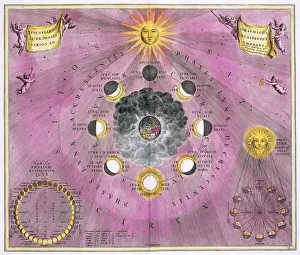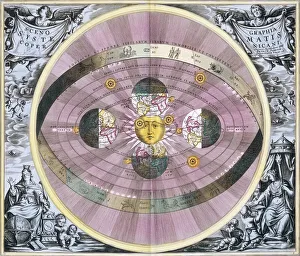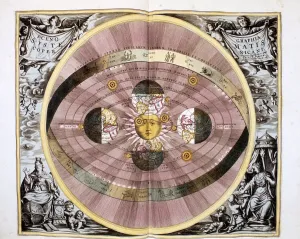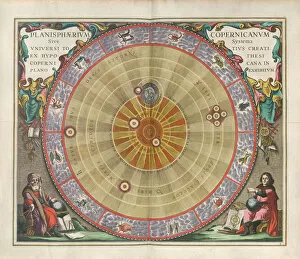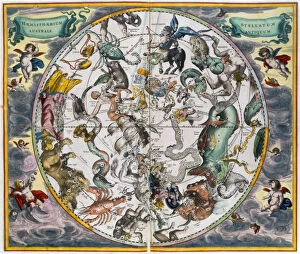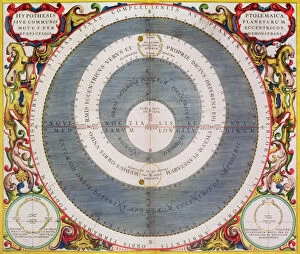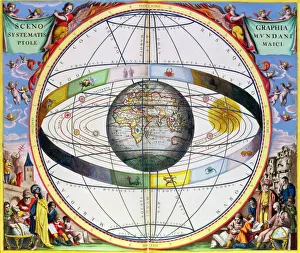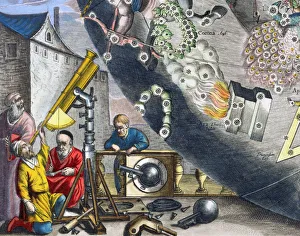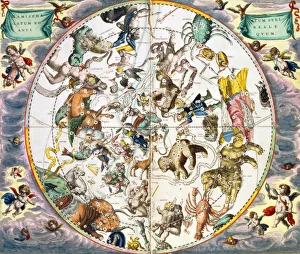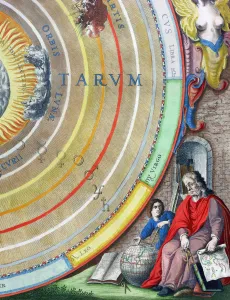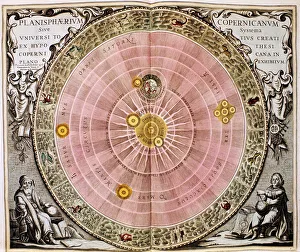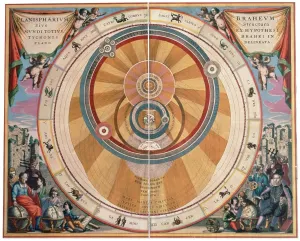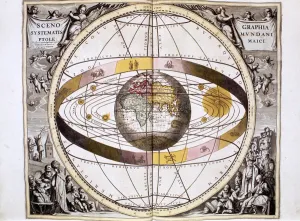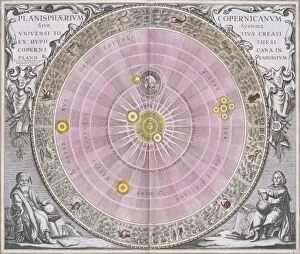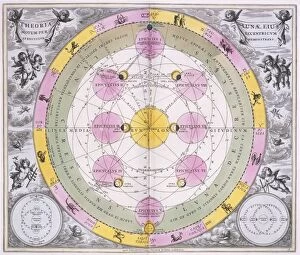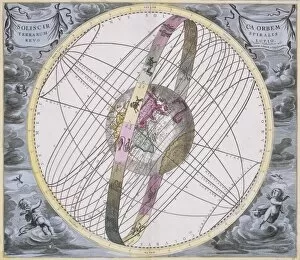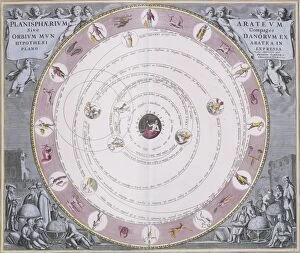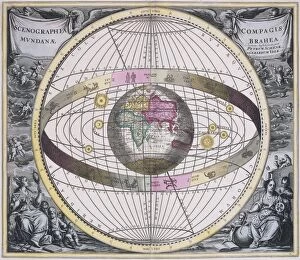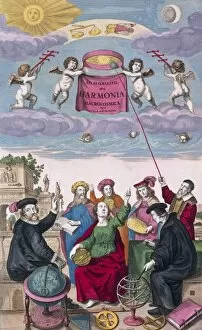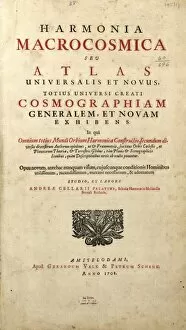Andreas Cellarius Collection
Andreas Cellarius: Unveiling the Mysteries of the Universe Step into the world of Andreas Cellarius
All Professionally Made to Order for Quick Shipping
Andreas Cellarius: Unveiling the Mysteries of the Universe Step into the world of Andreas Cellarius, a renowned Dutch cartographer and cosmographer whose works revolutionized our understanding of the cosmos. In his masterpiece, "Harmonia Macrocosmica, " created in 1660, Cellarius delves into celestial wonders that captivate both astronomers and art enthusiasts alike. One captivating engraving from this collection is "Phases of the Moon" (1708), where Cellarius meticulously depicts the lunar cycle with remarkable precision. His attention to detail allows us to witness how Earth's satellite gracefully transitions through its various phases, shedding light on one of nature's most enchanting phenomena. Cellarius' genius extends beyond lunar exploration as he boldly embraces Copernican worldview in another engraving from Harmonia Macrocosmica. In "Representation of the Copernican system of the Universe with movements of Earth in relation to the sun" (1660), he presents a revolutionary concept – a heliocentric universe. This groundbreaking depiction challenges traditional Ptolemaic theories by placing our Sun at the center, revealing an intricate dance between planets and stars. The influence of Ptolemy's theories can also be seen in Cellarius' work. In his map titled "World Map" (1660), he studies Earth based on these ancient teachings, showcasing his deep appreciation for historical knowledge while simultaneously pushing boundaries with new discoveries. Intriguingly, Harmonia Macrocosmica features multiple engravings illustrating Ptolemaic theory as well. These detailed depictions shed light on planetary motion within this geocentric framework - each line carefully etched to showcase trajectories that fascinated scholars during that era. Cellarius does not limit himself solely to theoretical representations; he also provides glimpses into what we observe from Earth itself.

